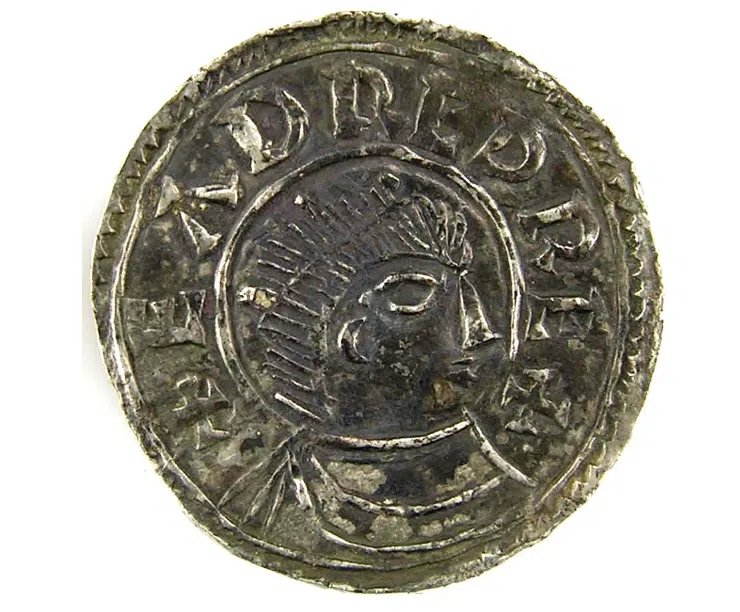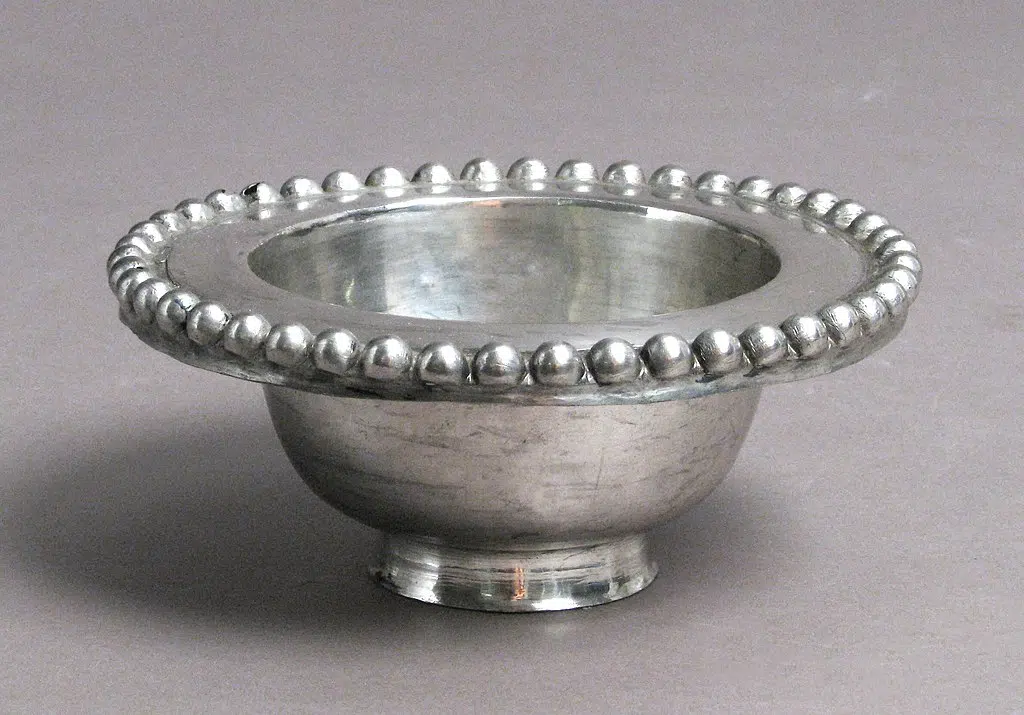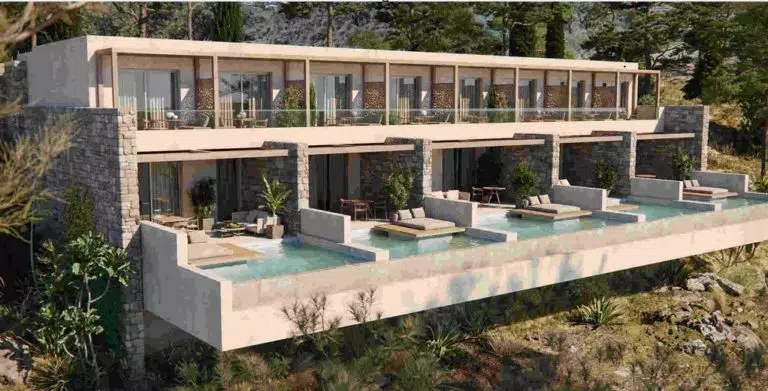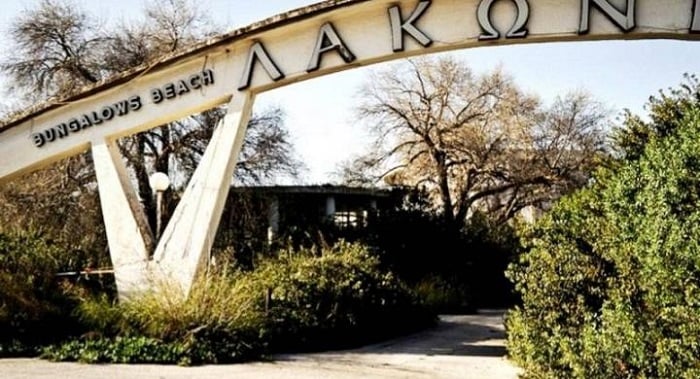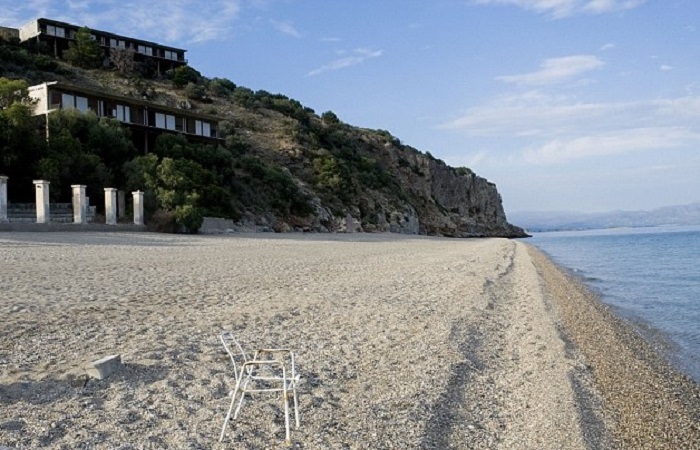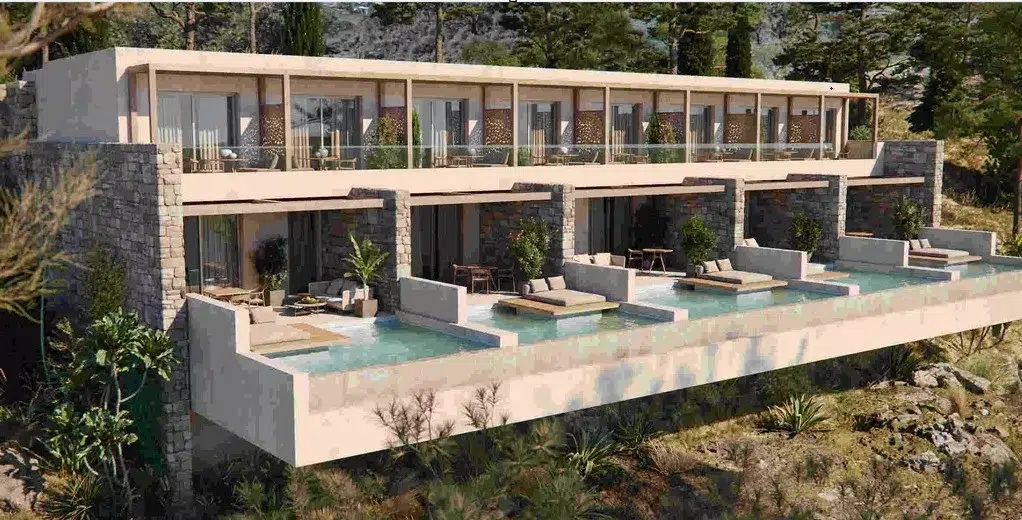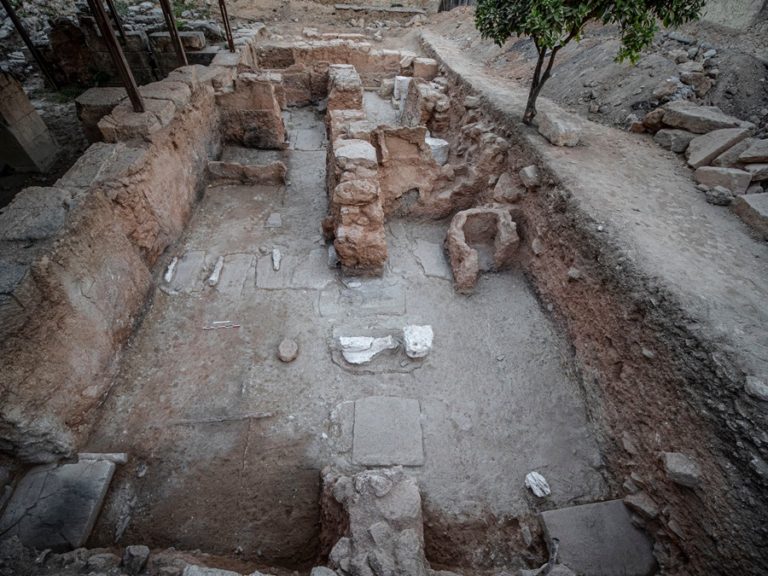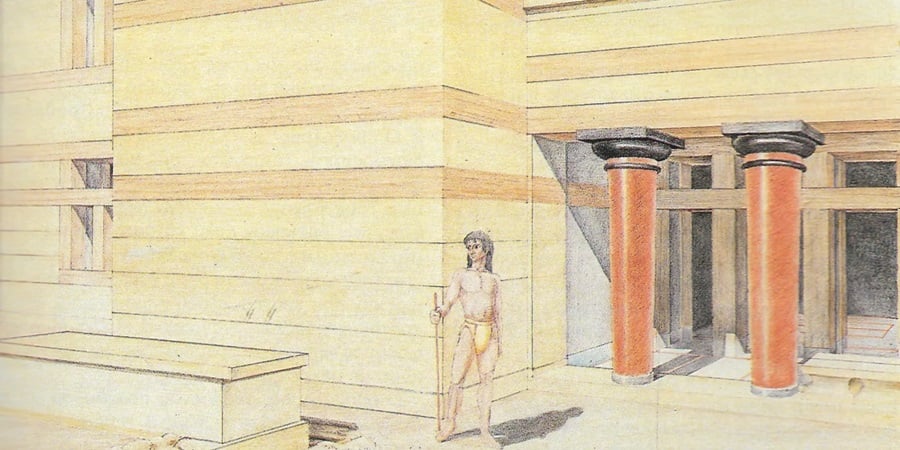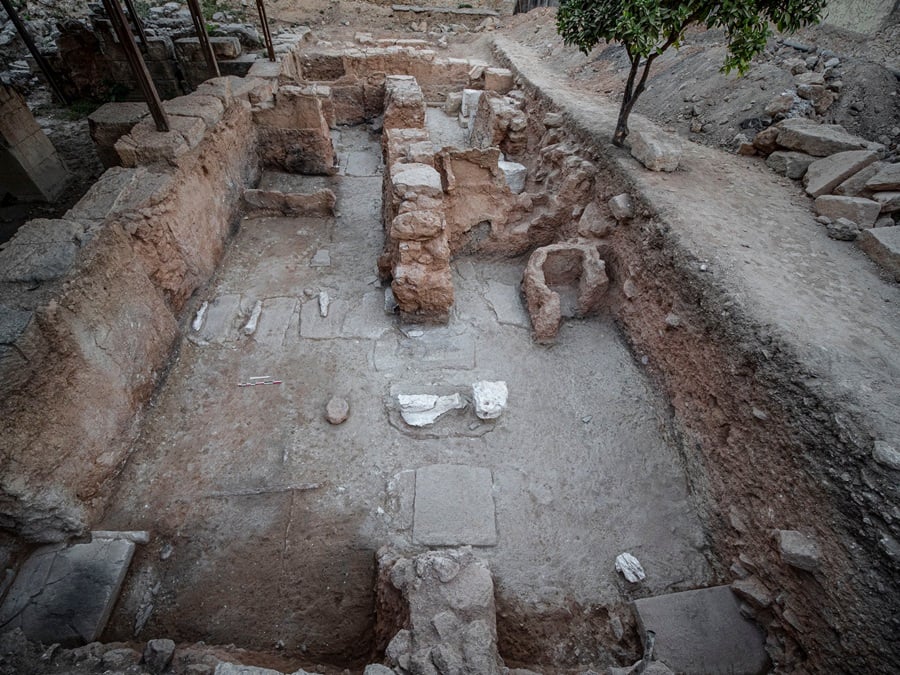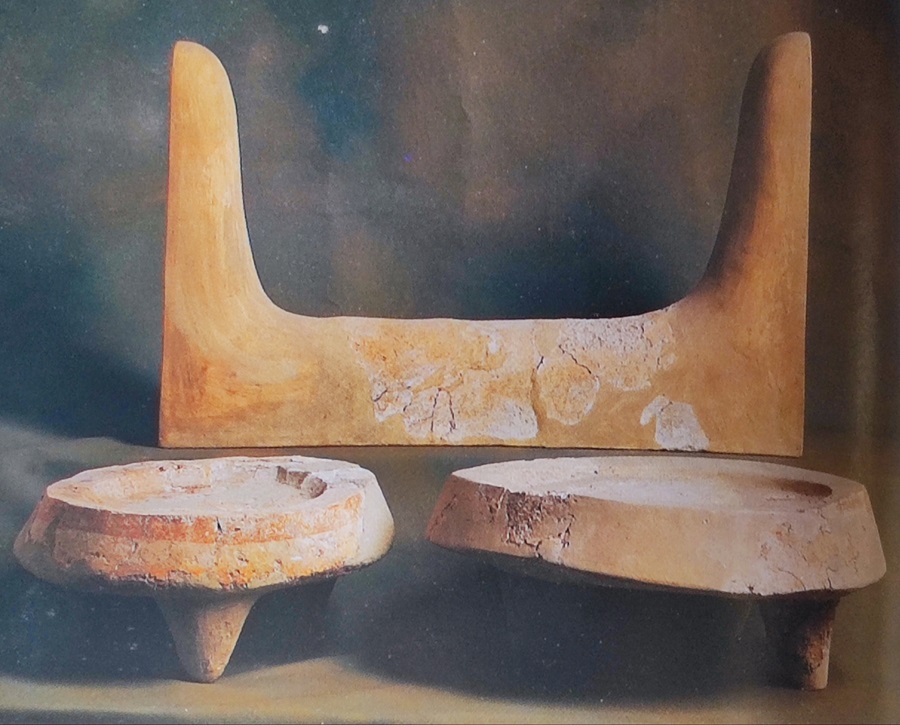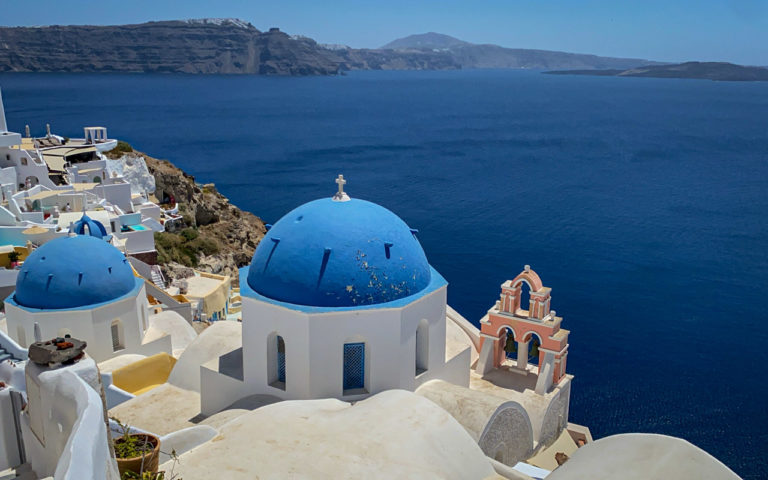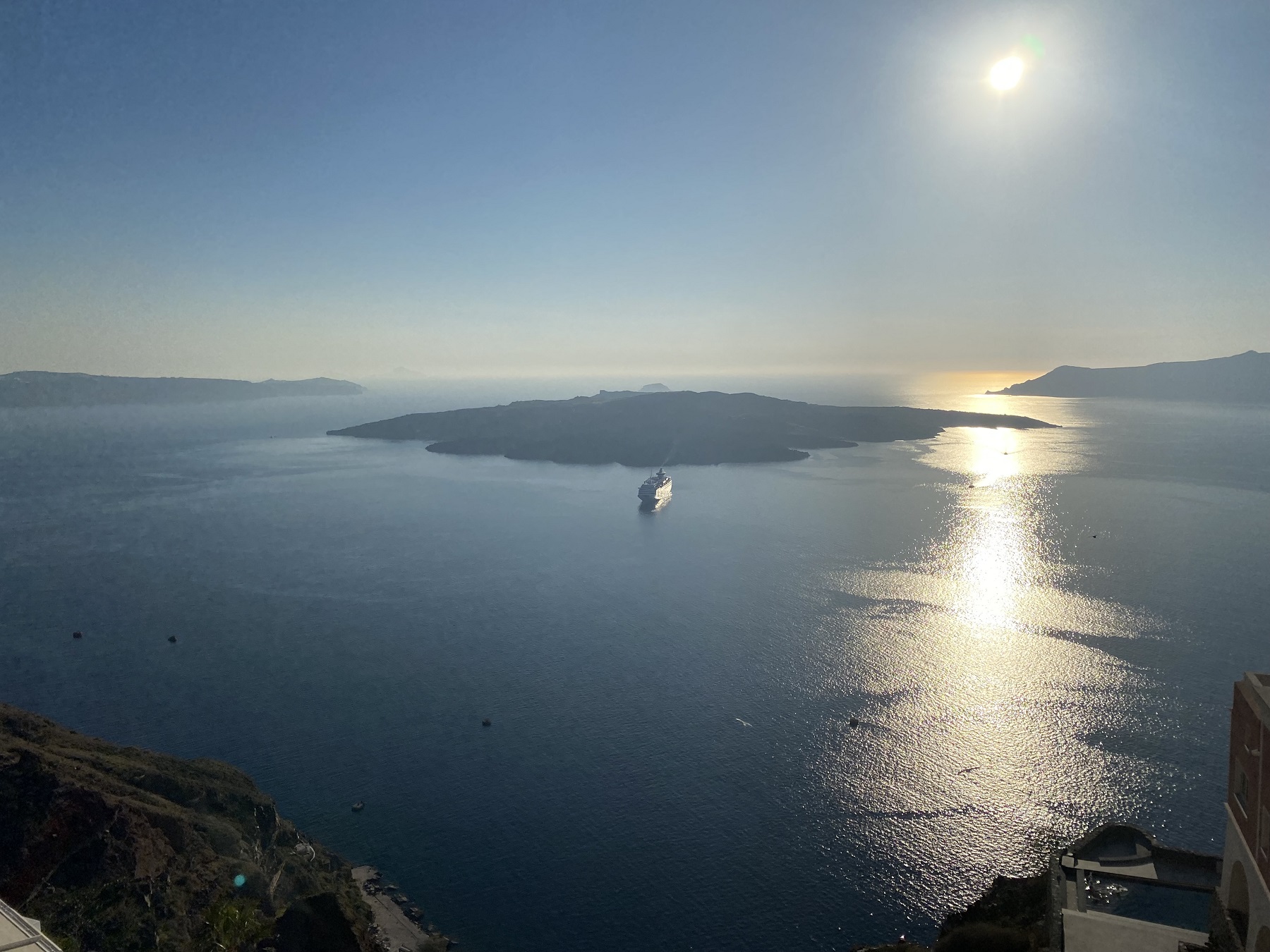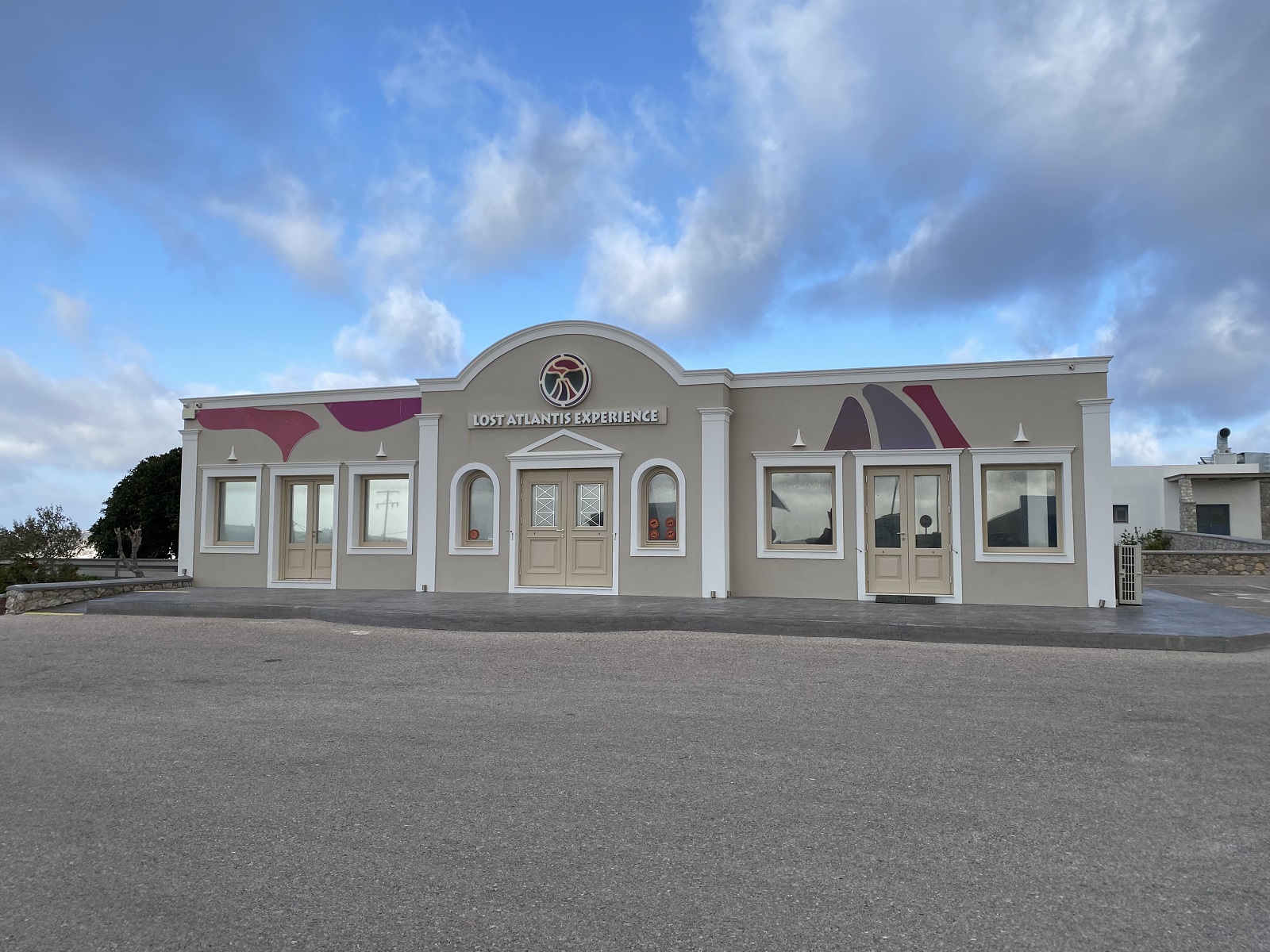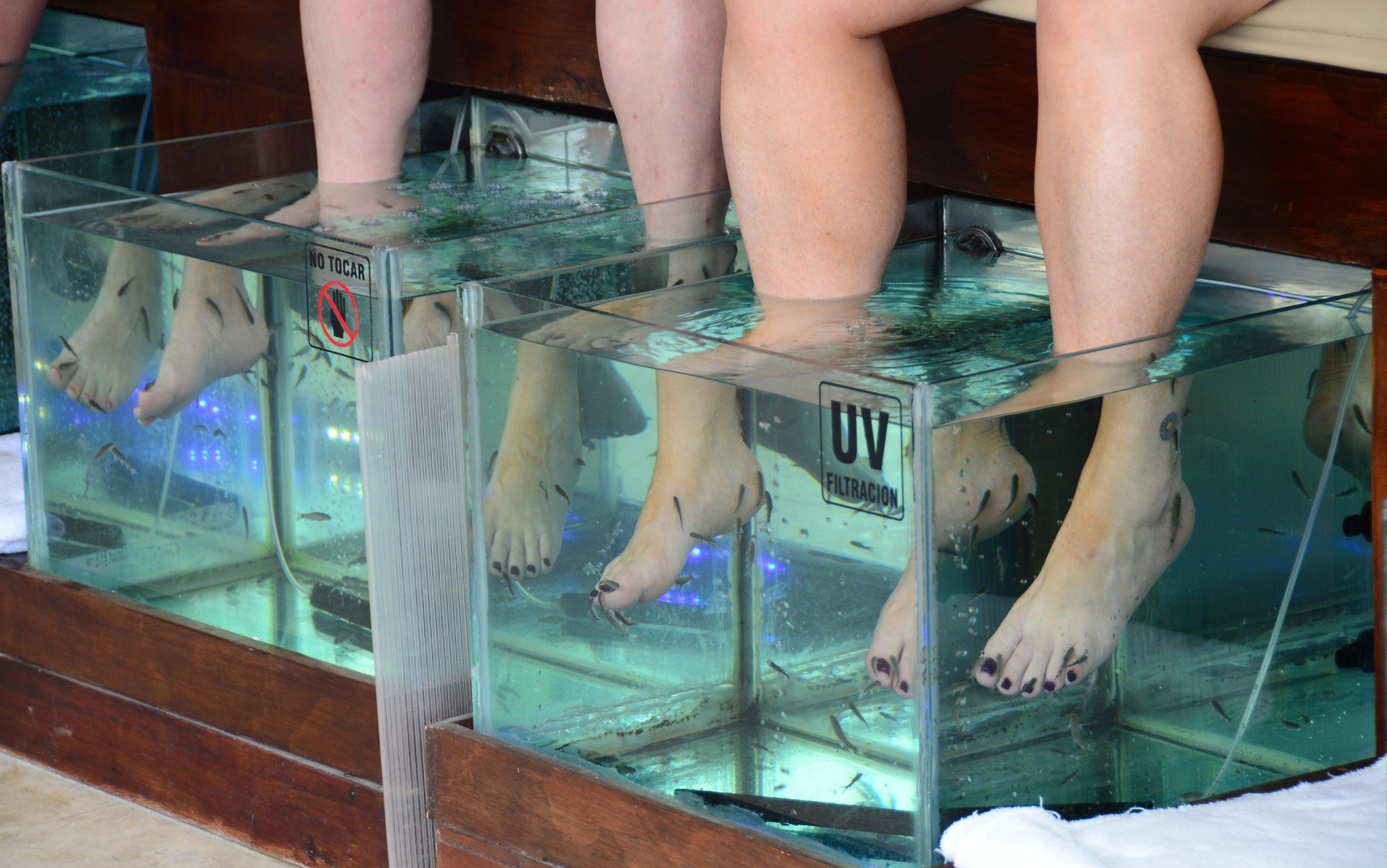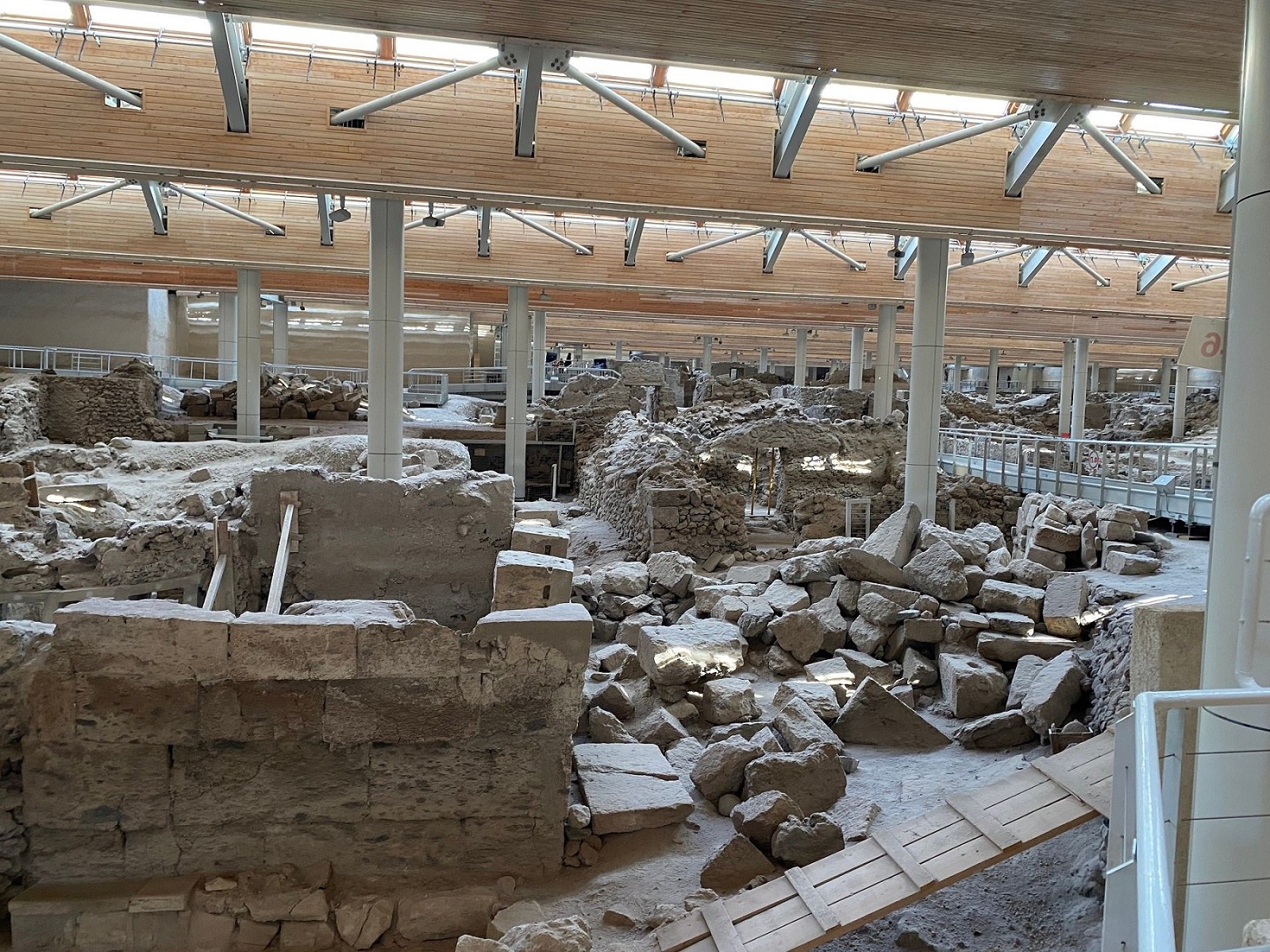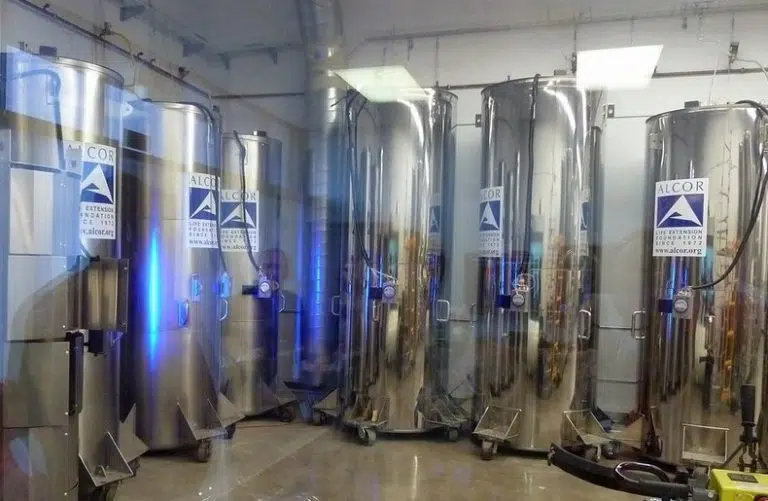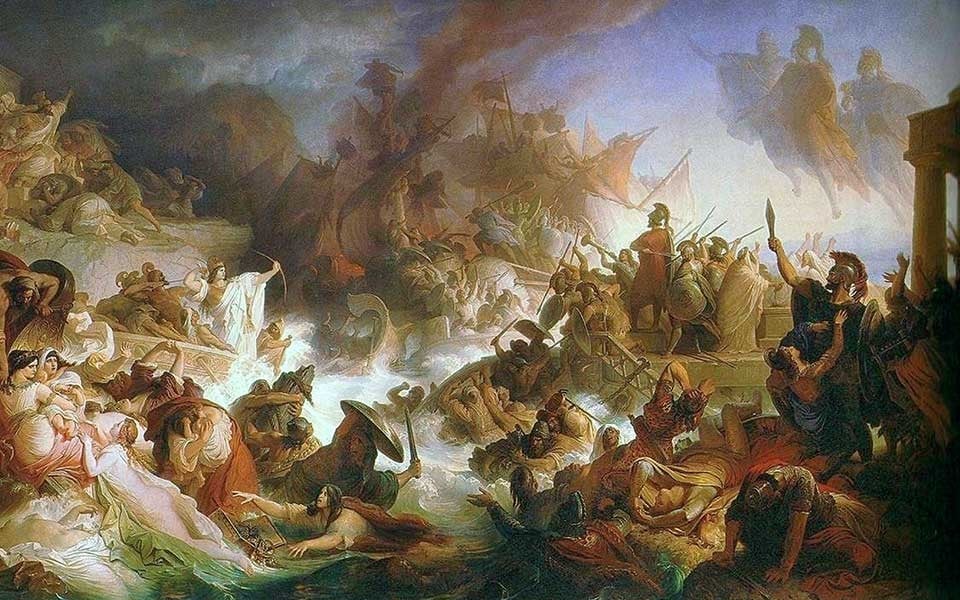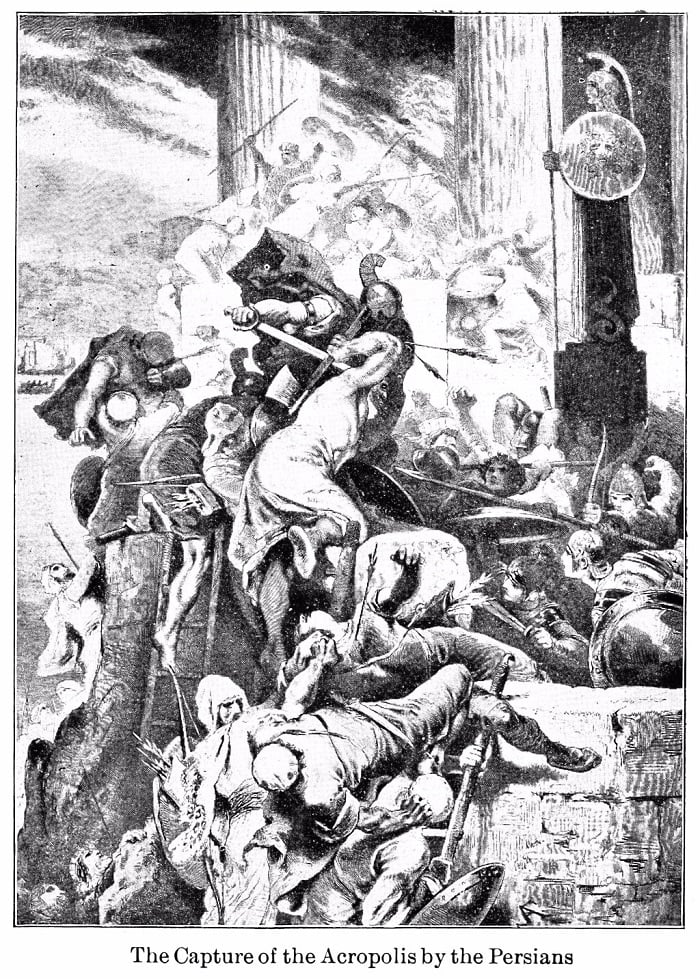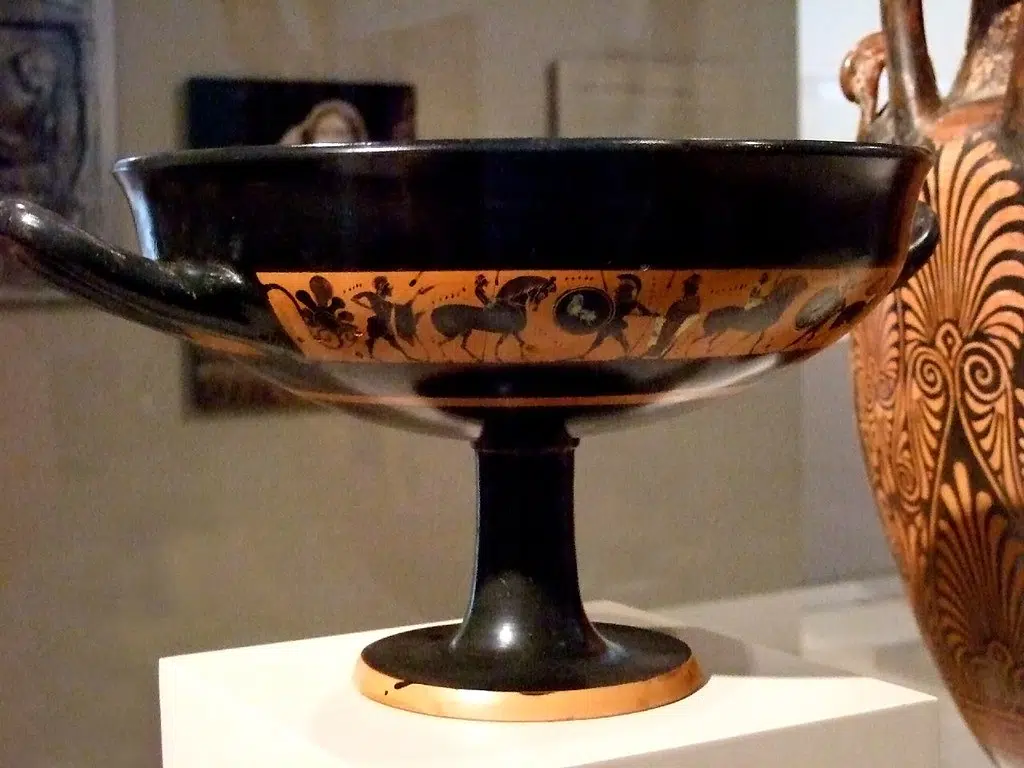
Christie’s, a British auction house, has withdrawn four ancient Greek vases from a New York auction after an archaeologist found out they were all linked to Gianfranco Becchina, who was convicted in 2011 of illegally dealing in antiquities.
Dr. Christos Tsirogannis, an affiliated archaeology lecturer at the University of Cambridge and a specialist in looted antiquities and trafficking networks, said there was damning evidence within the auction house’s own correspondence with the dealer, which was seized by the police, as reported by The Guardian.
The academic leveled criticism against the auction house for failing to make public that the items, planned to be in its April 9th auction in New York, could be traced to Gianfranco Becchina.
Christie’s has withdrawn four ancient Greek vases from Tuesday’s auction after Dr Christos Tsirogiannis discovered that each of them was linked to Gianfranco Becchina, who was convicted in 2011 of illegally dealing in antiquities.https://t.co/uyhFQgLyXm
— Chasing Aphrodite (@ChasingAphrodit) April 9, 2024
The Christie’s catalogue apparently stated it had sold three of the items in its Geneva auction in 1979, but, according to Tsirogannis, the auction company had left out the fact they were consigned to the auction house by Becchina. “This is a new insight into the tricks used by the market at its highest level,” he told The Guardian. “They deliberately exclude the connection of a trafficker in these three examples, although they’ve known about that connection for 45 years.”
The ancient Greek vases withdrawn from auction
The antiquities in question include an Attic cup, adorned with warriors and other figures, from about 570 to 560 BC. It was estimated it would get $15,000 to $20,000 in the Ancient Greek Vases from the Zimmermann Collection auction, but it has now been taken down from the webpage after the auction company was confronted with Tsirogiannis’ evidence.
The sale catalog notes: “The ancient Greek vases collected by Dr Manfred Zimmermann (1935-2011) rank among the finest private collections of its kind assembled during the late 20th-early 21st century.”
Other disputed items included Lot 3, the lid of a lekanis bowl decorated with sphinxes from around 570-550 BC and valued at $8,000 to $12,000, and Lot 10, a hydra or water pot displaying Greek god Dionysus with a drinking horn from circa 530 to 520 BC, estimated at $7,000 to $9,000. These objects have also been removed from the online catalog.
The work of Greek wrchaeologist Dr. Christos Tsirogannis
Over the past 18 years, the Greek archaeologist has identified more than 1,700 looted antiquities within auction houses, galleries, museums, and private collections, informing Interpol and other police forces of these.
He is based in Cambridge but heads illicit antiquities trafficking research for the UNESCO chair on threats to cultural heritage at the Ionian University in Corfu, Greece.
The late Paolo Giorgio Ferri, an Italian public prosecutor who went after and prosecuted traffickers of looted antiquities, valued Tsirogiannis’ work so highly that he made available to him tens of thousands of images and other archival material seized in police raids from Becchina and dozens of traffickers.
Tsirogiannis stated that documents related to the 1979 Christie’s sale were within Becchina’s seized archive and include Christie’s correspondence and the auction catalog, with objects circled by Becchina in red ink.
He thinks that, while the documentary evidence suggested that the owner was a “Mr Borowowza” with an Amsterdam dealer as his agent, that was a fake name, appearing at the bottom of Christie’s correspondence: “When a problem arose related to this auction, Christie’s contacted Becchina directly, which shows who the real owner is,” Tsirogiannis told The Guardian.
Tsirogiannis also noted that a Christie’s letter of 1981, related to the 1979 sale, notified Becchina that it was reimbursing him for lost antiquities. Tsirogiannis said: “But this lot is among the same consignments of the 1979 sale of ‘Mr Borowowza’ through [the Amsterdam dealer]. Why were Christie’s notifying Becchina directly? The answer is that the real owner and consignor was Becchina.”
Another removed Greek vase from the auction site, which previously filled Lot 20, was a lekythos or oil jar, displaying the Athenian hero Theseus, dated to 500 to 490 BC and estimated at a value of $20,000 to $30,000.
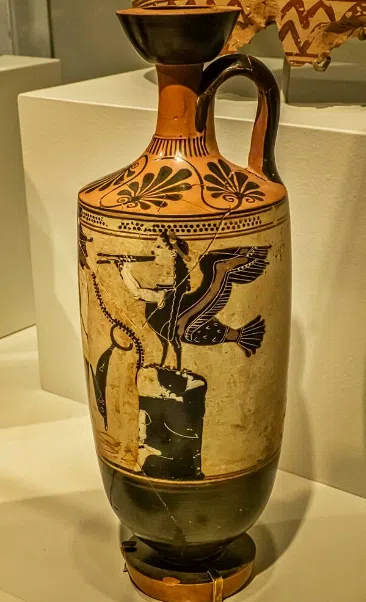
In its ‘collecting history,’ Christie’s stated that Zimmerman had purchased it from a German dealer in the early 1990s, and it notes that, as with Lots 1 and 3, it was on display in two German museums in recent years. There was also no mention of Becchina here, but, among the material the police seized from him was an image of that vase.
“There is no condition report on the piece in the [April] Christie’s catalogue…It’s now in perfect condition, but they don’t say anything…According to hand-written notes by Becchina himself, the lekythos was delivered to him on 21 April 1990, which explains how Zimmermann acquired it in the early 1990s,” Tsirogiannis said. “But what is omitted is the most crucial information, that it is from Becchina, from the convicted looter Raffaele Monticelli.”
He added: “Not the auction house, not the collector or his family, not even the museums are bothered to check with the authorities to see if they are involved in exhibiting illicit objects.”




